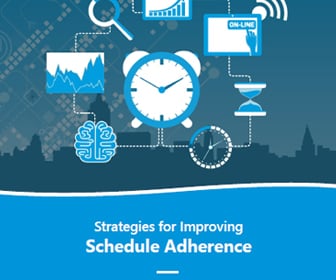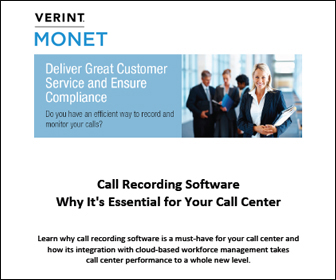Call Center Scheduling Featured Article
How & Why to Reduce Call Center Wait Times

In The Princess Bride, a cult film classic, Inigo Montoya famously expresses his dislike for delay.
Waiting to duel with the Man in Black, who needs to scale a cliff before beginning the fight, the character says: “I do not suppose you could speed things up?” When the Man in Black tells him he’ll just have to wait, Montoya says “I hate waiting.”
It’s funny because it’s true.
Just look around while you’re at the post office shipping a gift to a family member. Or check out the expression of the dude next to you in traffic on your afternoon commute.
But be careful, because tempers tend to flair when people have to wait in line, in traffic, or even on the phone.
That’s why wait time is such an important metric for call centers.
What are wait times?
Of course, wait times vary by organization and industry vertical, and based on time of day, day of week, and other factors. And what constitutes an acceptable wait time may also vary depending on who’s weighing in on this key performance indicator.
For example, some customers will tell you they think any wait to reach a person for help is acceptable. Meanwhile, a study International Finance Corp. did at Talkdesk’s request suggests the average telephone-based support channel wait is 3.4 second. And many other sources indicate a common call center goal is to answer 80 percent of calls within 20 seconds.
What happens if callers have to hold longer than they think is acceptable?
Well, it can obviously make them frustrated. They may abandon the call. (Studies suggest that happens 67 percent of the time.) And they may jump ship and go to a competitor.
So what’s the answer?
The answer lies in having the right number and type of agents at all shifts, giving those workers the tools they need to provide callers with quick answers, optimizing IVR processes, and providing customers with self-service options.
Organizations that use workforce management to accurately assess call volumes and needed staff can make sure wait times aren’t onerous. WFM software can ensure contact centers have the right number of agents, with the right skills, so calls are answered within a reasonable amount of time as you – and your customers – wish.
Edited by Maurice Nagle






